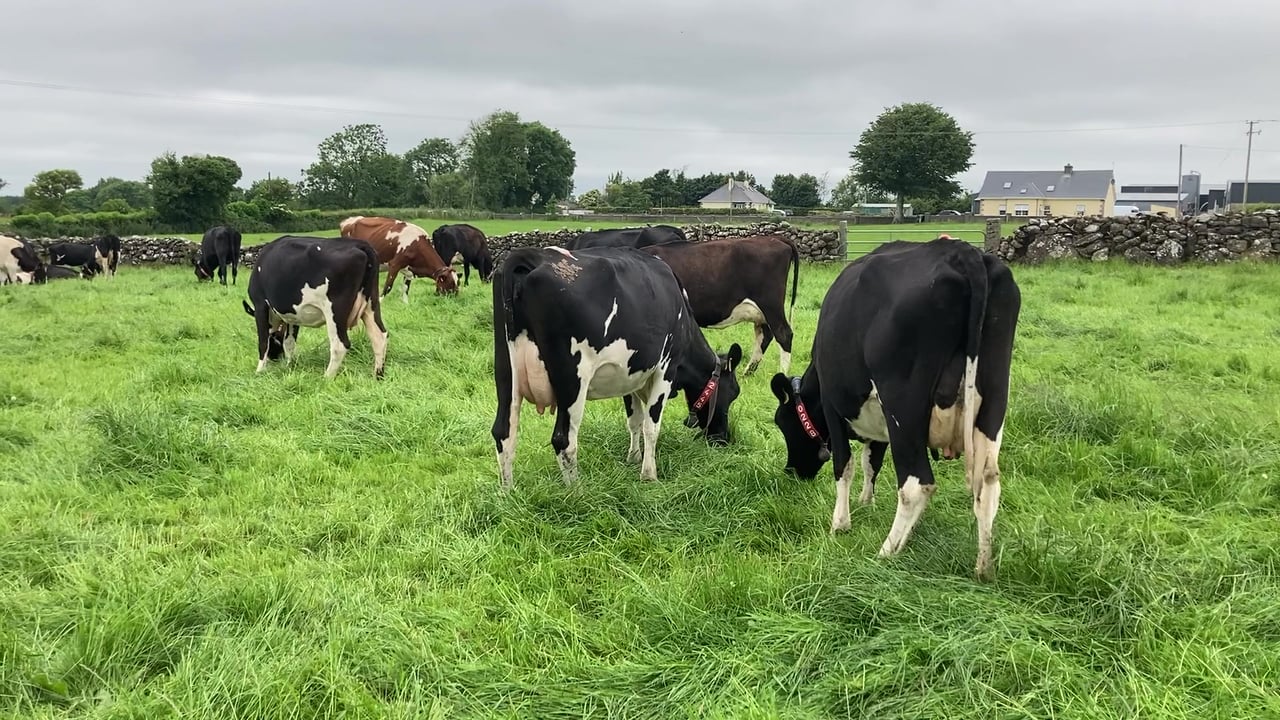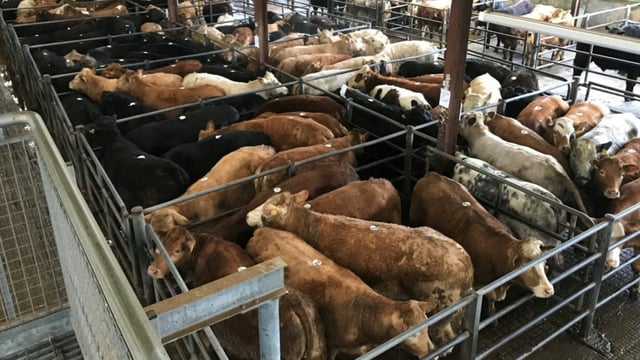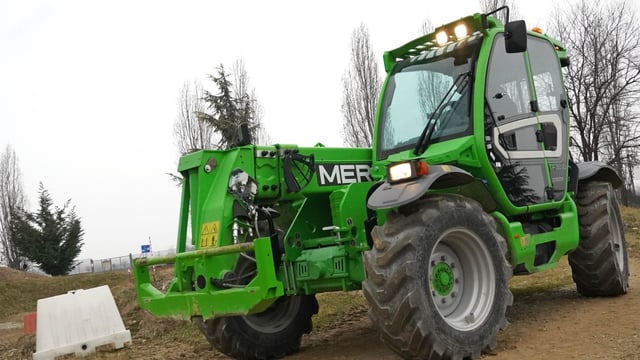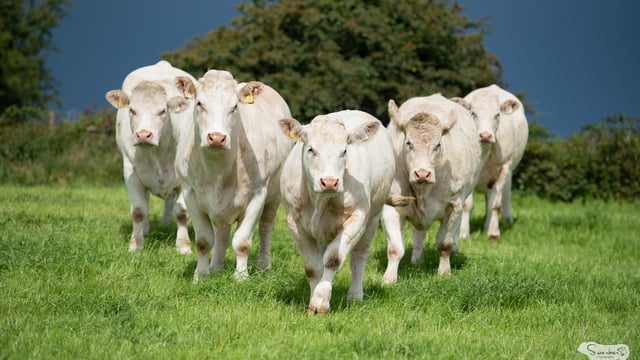Maximising grazing in this week's good weather
There weather across the country this past weekend has been largely excellent, which may allow farmers to continue grazing or, for many farmers, to get the grazing season started.
Farmers should remember that grazed grass helps grass grow, especially at this time of the year, when there may be a mat of grass built up from the winter months that needs to be grazed in order to get grass back into the growing stage.
There may still be parts of the land that are still very wet, but the chances are that there is some part of the farm that is accessible for cows to graze without doing the damage.
Growth rates for the next few days according to Pasturebase Ireland are expected to be between 12-18kg dry matter (DM)/day with soil temperatures expected to stay between 5 - 7℃.
The most important thing a farmer can do right now in order to ensure that cows don't poach but still get out for a few hours of grazing is to walk the paddocks to get a proper understanding of the ground conditions and to be confident where they are sending the cows.
Many herds will have over half the herd calved down by now, which means there will be a good mob of cows to deal with while grazing and getting the allocation right is crucial.
For a few hours grazing, farmers may allocate 8kg of DM/cow, which can be calculated on your grazing calculator on Pasturebase Ireland, while you can map out where to put a fence up on the map app.
Many farmers know at this stage where to put the fence up, but if it is the first outing of the year for the cows, availing of the online tools may help for allocations in the next few weeks. Allocations can sometimes be a trial and error process, but patience and persistence will eventually get it right.
Average farm cover recorded on Pasturbase Ireland last week was 842kg DM/ha with the average diet being 8kg of grass DM with 4kg of meal and 4kg of silage.
Now, I understand that many diets may consist of 10kg of silage DM and 6kg of meal, as cows have not got the chance to get out, but the next few days might be the opportunity needed to cut down on the meal and pump milk through grass.
To start the process, I would advise the farmer to walk the farm and assess ground conditions and grass covers in each paddock and record it to get an opening farm cover which will give you an indication of how much grass is on the farm.
On the walk, identify the driest paddocks with a lower cover (800-1000Kg DM/Ha) on your farm and try to get these grazed first.
Aim to get cows out for 2-3 hours on these paddocks after each milking by strip grazing, setting up back-fences or temporary roadways to make it work.
Ideally, you should leave cows back to the cubicles or somewhere convenient until milking is finished and by 10:00a.m, you should let them out for a couple of hours when they are hungry and not filled with silage.
Having cows without a gut fill of silage go out grazing will make them eager to go out and will mean they will get their heads down grazing straightaway with minimal poaching and will help towards a better clean out.
On/off grazing is ideal for getting grass into the cows’ diet while ensuring that they are not destroying the ground and walking quality grass into the ground.
Cows can achieve 90% of their daily grass intake in 2-3 hours after each milking, once they are not filled with silage prior to turn out, compared to cows out full-time.
Grazing the dry, best infrastructure paddocks with lighter grass covers and having a good grazing infrastructure will help to reduce damage and achieve more grazing.
Farmers should aim to have multiple access points in the paddock and if the grazing infrastructure is outdated, the likes of spur-roadways and back fences may work a treat to minimise poaching.
If very little of the farm was grazed in February, now may be the opportunity to get the cows out and and increase the constituents of your milk while spending less on feed.
The weather in March and even April can be unpredictable, so when the sun is shining and ground is dry, get grass into diet of the cow for a few hours.





